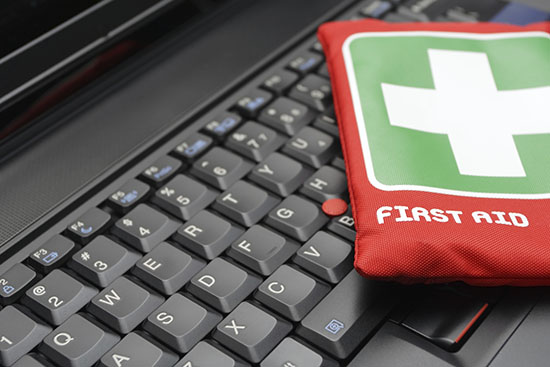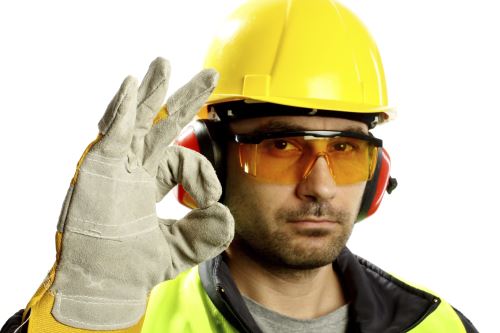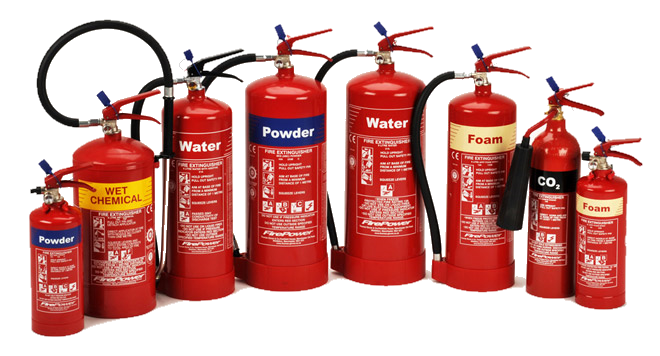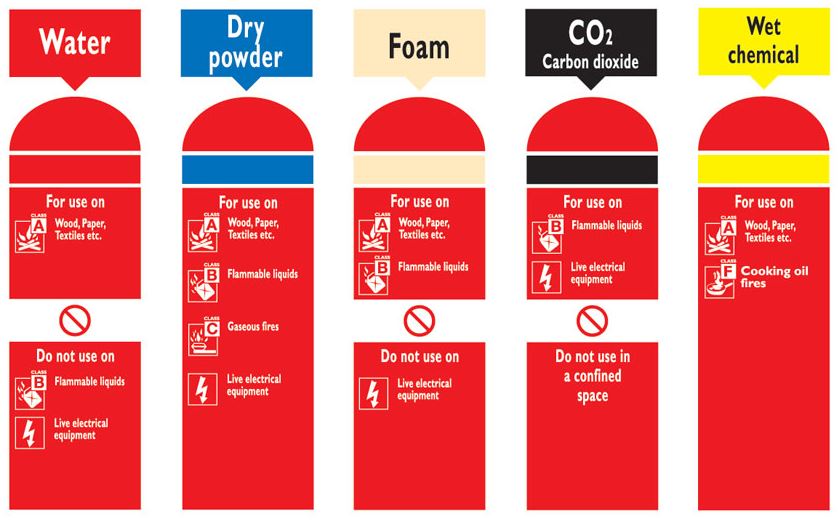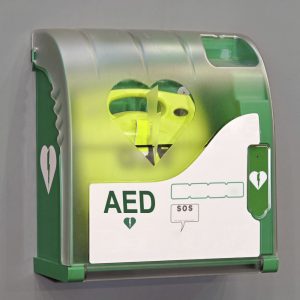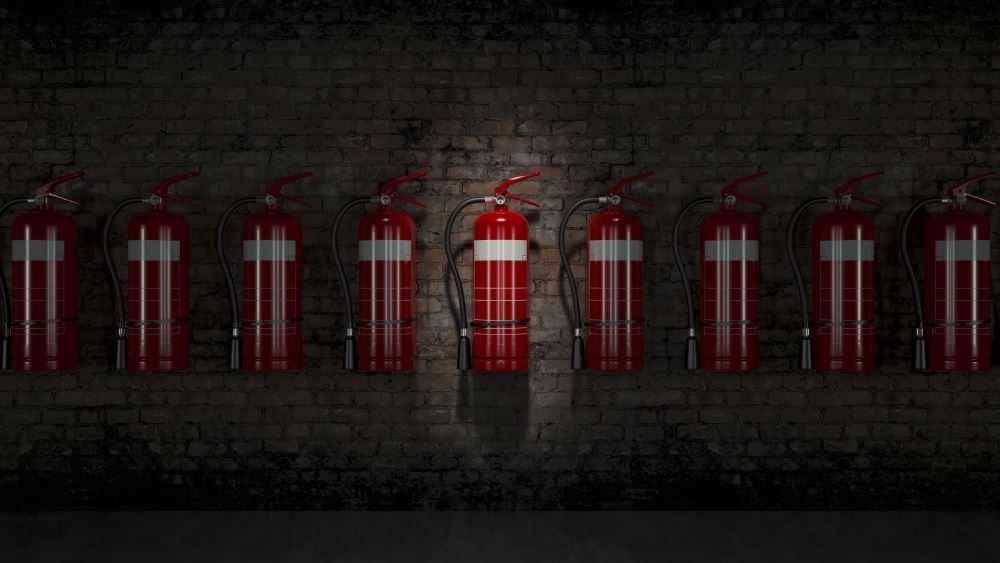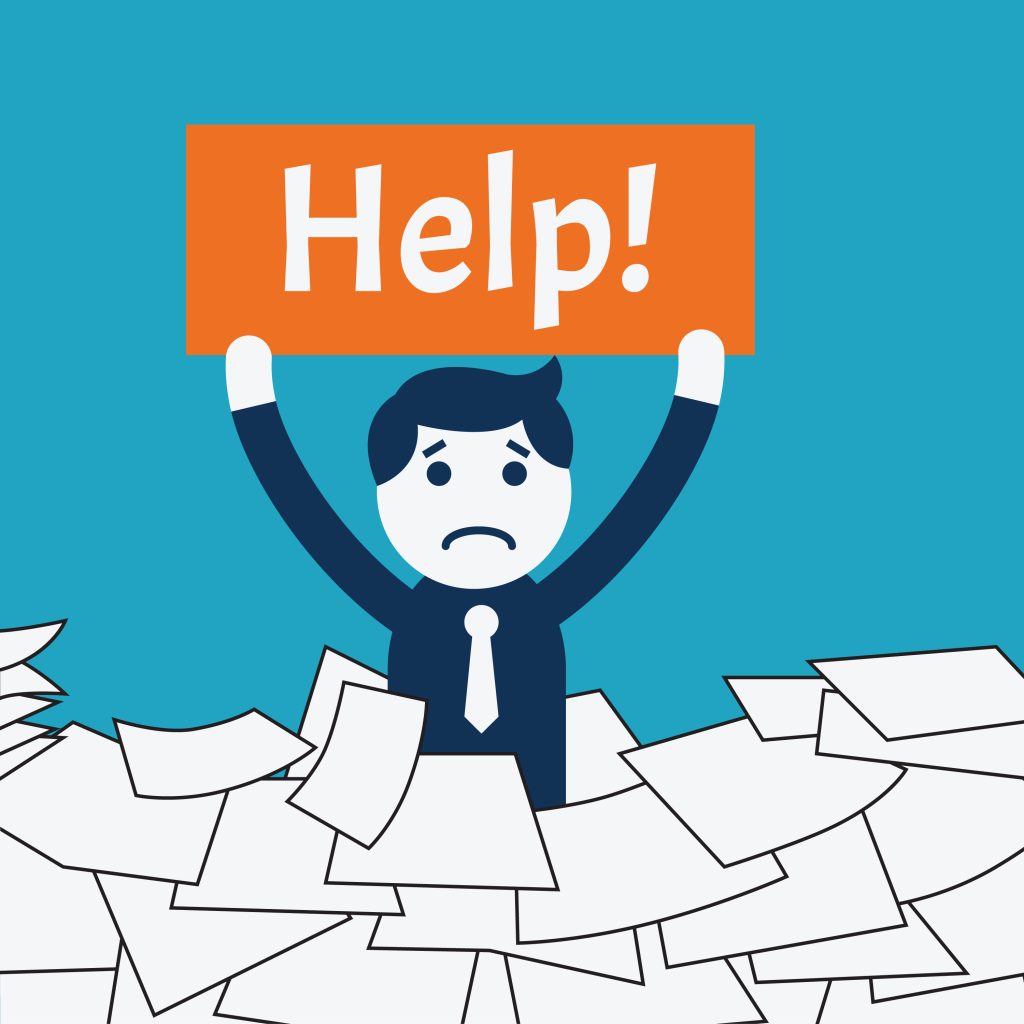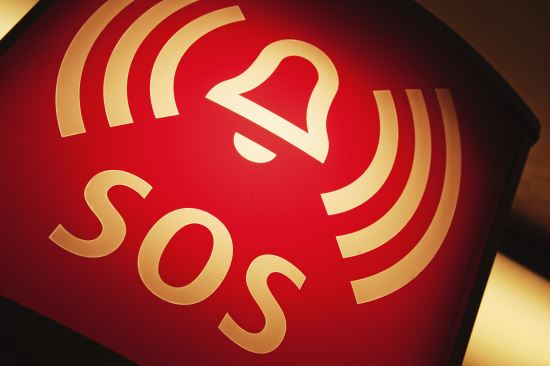
Since their introduction, fire alarms have saved countless lives and remain a necessity in every household and workplace. This is perfectly fine for the majority of users but sound based alert systems don’t work for people who are deaf or hard of hearing. It is for this reason that many organisations are trying to create awareness for this issue and educate people on fire alarm systems which have been specifically designed for those who are hearing impaired.
The way in which designers have approached the production of fire alarm systems for deaf individuals is to create devices which work with other senses.
Visual
Many fire alarm systems utilise a mixture of the auditory alarm along with strobing lights for those with hearing problems. This approach can be incredibly successful in a variety of situations but becomes problematic when individuals are sleeping. This is because flashing lights are unlikely to wake a person and therefore alert them to the emergency. With this in mind, these types of alarms can face problems within the home as well as in establishments such as hotels.
This limitation has inspired companies to create a system which works around this issue.
Haptic
Companies such as Fireco and Ei Electronics have created pads which vibrate when a fire alarm goes off. These pads are placed under the person’s pillow and wakes them in the event of an alarm. Both companies take different approaches to this device. The Ei175 from Ei Electronics is connected with the fire alarm and can be linked up with strobe lights for a multi-functional approach. Fireco’s Deafgard is different in that it is completely portable and is activated when it ‘hears’ the alarm and this triggers the vibration. Both devices have their corresponding strengths, allowing customers to choose the right one for them.
Auditory
Individuals who suffer from mild to moderate hearing loss can still benefit from auditory alarms but specific considerations should be made. Such individuals may not be awoken by standard alarms but some companies have worked around this by designing detectors which emit a loud, low-frequency sound. Research has found that lower frequency alarms are much more likely to wake a person with moderate hearing impairment.
Emergency Services
Another issue which affects many deaf people is how to contact the emergency services in the event of a fire. Fortunately, a system has been put in place for this very scenario. People who are deaf or hard of hearing can register their phones with the emergency services and this allows them to text for assistance. Registration is quick and easy:
- Send a text with the word Register to 999.
- You will receive a text message with more information on the service.
- Read the message and reply with Yes.
- They will send another message which confirms that you have been successfully registered to the system.
The outbreak of fire can be terrifying, even more so for those who have lost their sense of hearing but there is help out there.



